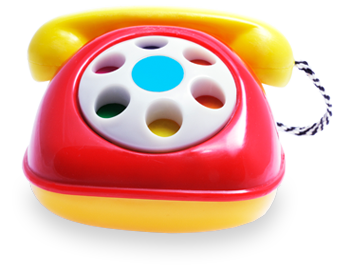Plagiocephaly
Babies are born with soft skulls that can develop flat spots when they spend too much time in one position. The flat spots are called deformational plagiocephaly and are the most common cause of abnormal head shape in infants. Plagiocephaly usually develops gradually over the first few months of life but can also develop in the womb. It can occur in twin pregnancies or if a child is born with a congenital stiff neck.
Plagiocephaly is primarily treated with repositioning exercises and possibly therapy. Helmet therapy may be prescribed for severe cases. Surgery is not necessary to correct deformational plagiocephaly, and this condition does not affect how your child’s brain develops. However, the earlier you seek evaluation of your child’s condition, the easier it is to reshape the soft bones of his or her skull.
Craniosynostosis
Unlike plagiocephaly, craniosynostosis is a birth defect. It occurs when the bone plates in the skull fuse earlier than usual. As a result, the skull can no longer grow larger normally. Instead, the skull compensates by growing in other directions, which results in an abnormal head shape. The exact shape depends on which parts of the skull are affected. The head could be long and narrow, pointy in the front, tall and round, or flat in specific spots. Craniosynostosis can increase pressure on your child’s brain. Surgical treatment is often necessary.
Apert, Crouzon, Pfeiffer Syndromes
If your child is diagnosed with craniosynostosis, genetic testing may be recommended to determine whether your child’s head shape abnormality is the result of a rare genetic disease such as Apert, Crouzon, or Pfeiffer syndromes.


